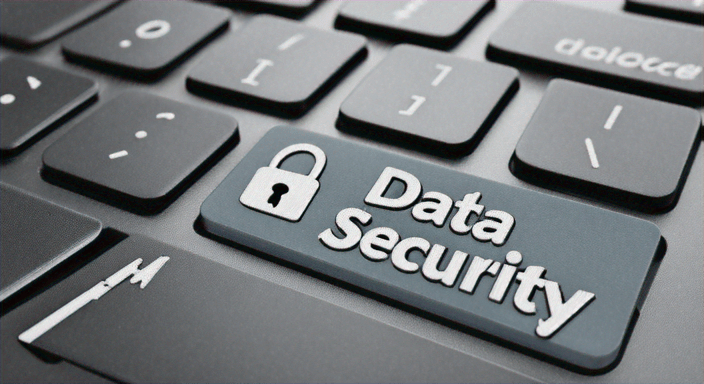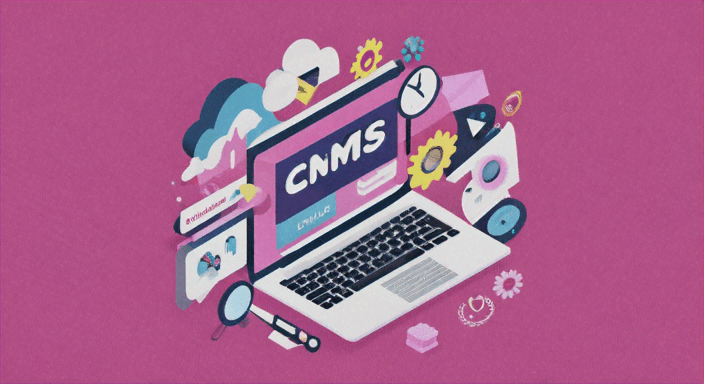Ensuring robust data security has become imperative for individuals and organizations alike, given the escalating frequency of data breaches and cyber threats. This article delves into premier data security tools and practices essential for safeguarding sensitive information.
Data Encryption
A cornerstone of data security, data encryption converts information into a secure format accessible only by authorized users.
- Tools: AES (Advanced Encryption Standard), RSA (Rivest-Shamir-Adleman)
- Best Practice: To thwart unauthorized access, consistently encrypt sensitive data, both when it is stationary and during transmission.
Multi-Factor Authentication (MFA)
By demanding multiple forms of verification prior to data access, MFA fortifies security with an additional layer.
- Tools: Google Authenticator, Authy, Microsoft Authenticator
- Best Practice: Enforce MFA across all user accounts, with a particular emphasis on those with access to sensitive information.
Firewalls
Serving as a sentinel between trusted internal networks and untrusted external networks, firewalls meticulously monitor and regulate incoming and outgoing network traffic.
- Tools: Cisco ASA, Palo Alto Networks, Sophos XG
- Best Practice: Employ a combination of hardware and software firewalls to ensure all-encompassing protection.
Data Loss Prevention (DLP)
DLP mechanisms are instrumental in obstructing the unauthorized transfer or access of sensitive data, thereby ensuring that critical information remains confined within the organization.
- Tools: Symantec DLP, McAfee Total Protection, Digital Guardian
- Best Practice: Keep DLP policies current and vigilantly monitor data transit within the network.
Secure Backup Solutions
The regularity of backups is vital to ensure data restoration capabilities in the face of loss or breaches.
- Tools: Acronis True Image, Backblaze, Veeam
- Best Practice: Execute routine backups and secure them in offsite, protected locations.
Endpoint Protection
Endpoint protection mechanisms safeguard the entry points of end-user devices, including desktops, laptops, and mobile devices.
- Tools: Symantec Endpoint Protection, Bitdefender GravityZone, Kaspersky Endpoint Security
- Best Practice: Implement holistic endpoint security solutions encompassing antivirus, anti-malware, and firewall defenses.
User Education and Training
Instilling data security best practices through user education is paramount in mitigating human error, a prevalent cause of data breaches.
- Best Practice: Organize periodic training sessions to educate users on identifying phishing attempts, crafting robust passwords, and adhering to data security protocols.
Network Security
The fortification of network infrastructure is indispensable for shielding data from unauthorized incursions and cyber threats.
- Tools: Intrusion Detection Systems (IDS), Intrusion Prevention Systems (IPS), Virtual Private Networks (VPNs)
- Best Practice: Conduct regular audits of network security protocols and update them as necessary to counteract emerging threats.
To summarize, the amalgamation of formidable data security tools with optimal practices constructs a thorough bulwark against cyber threats. Through continuous awareness and vigilance, organizations can safeguard their sensitive information and uphold the trust of their stakeholders.





